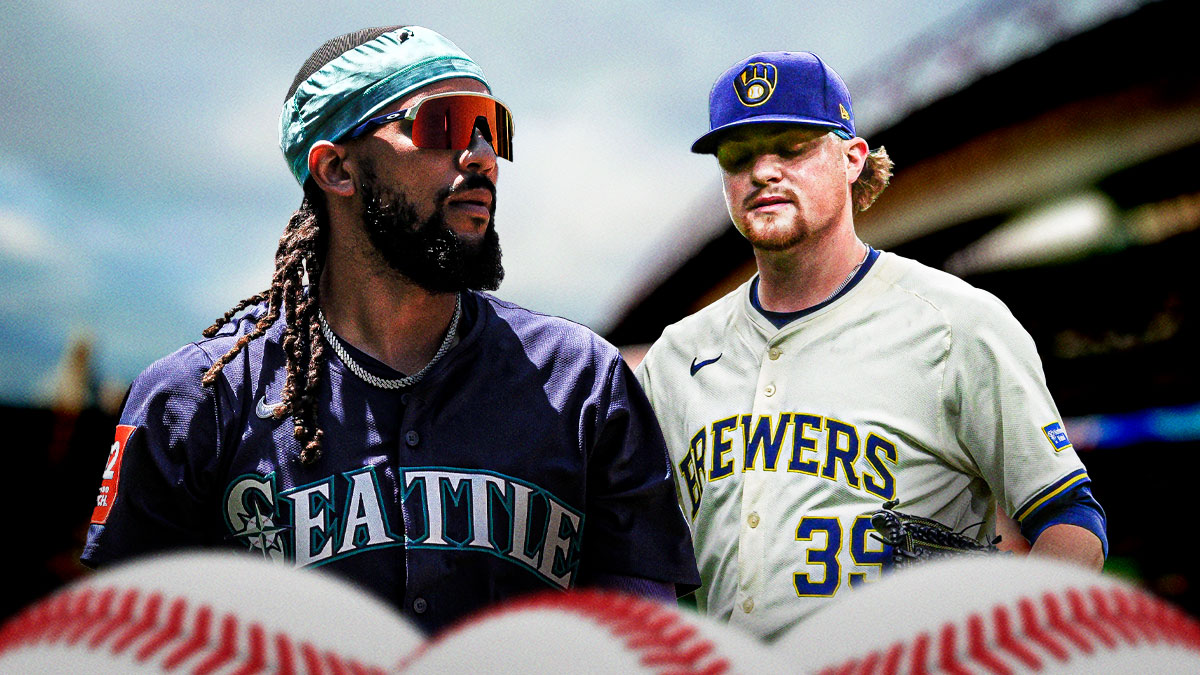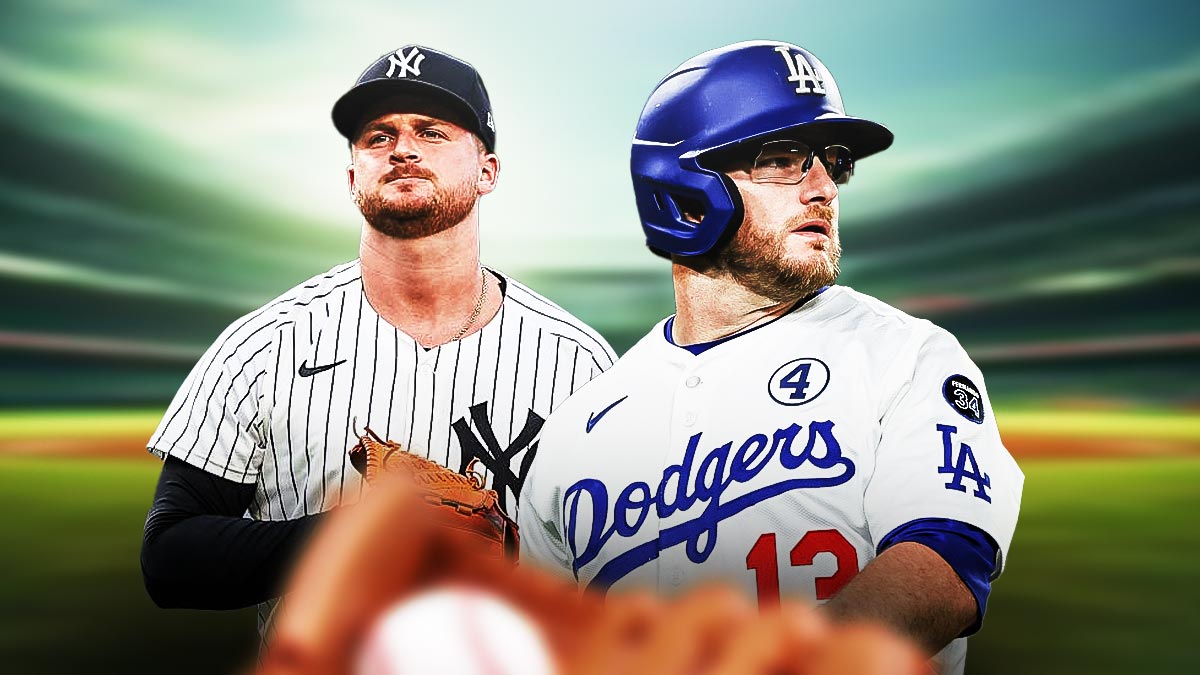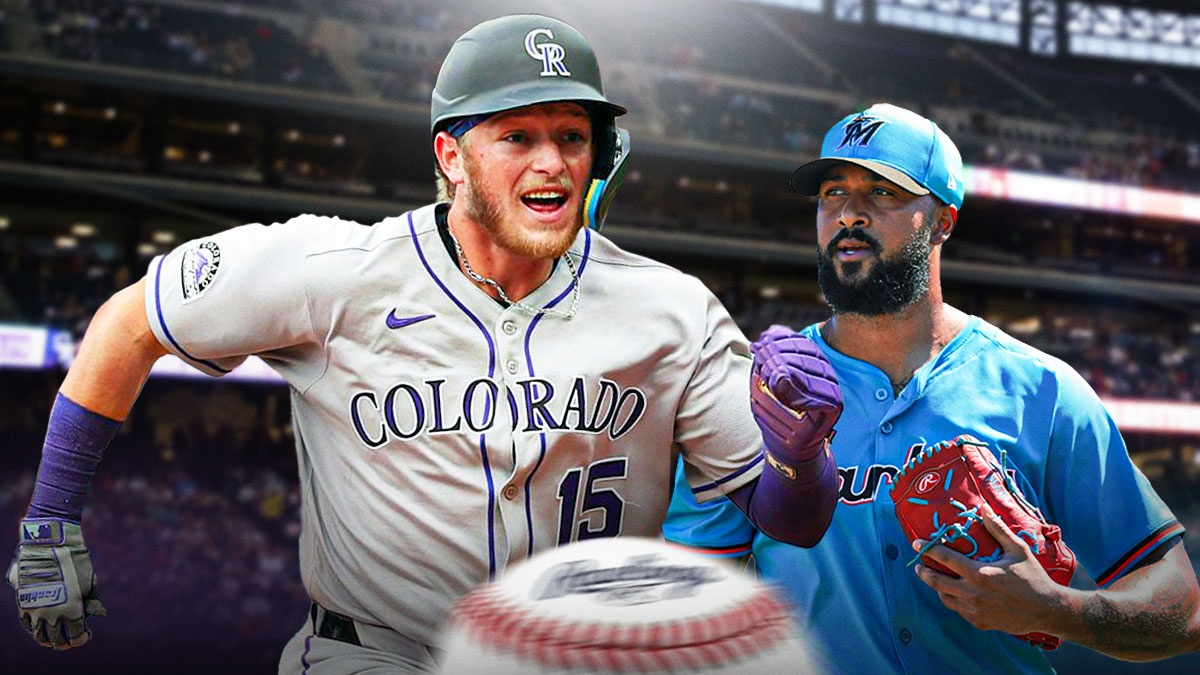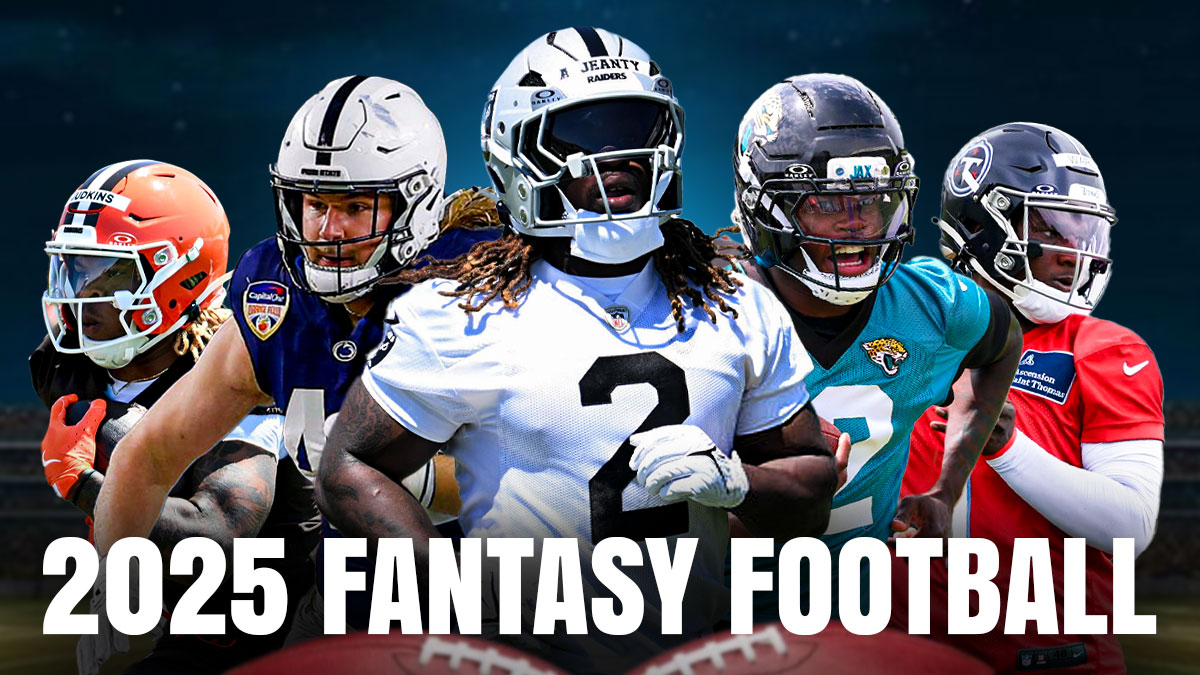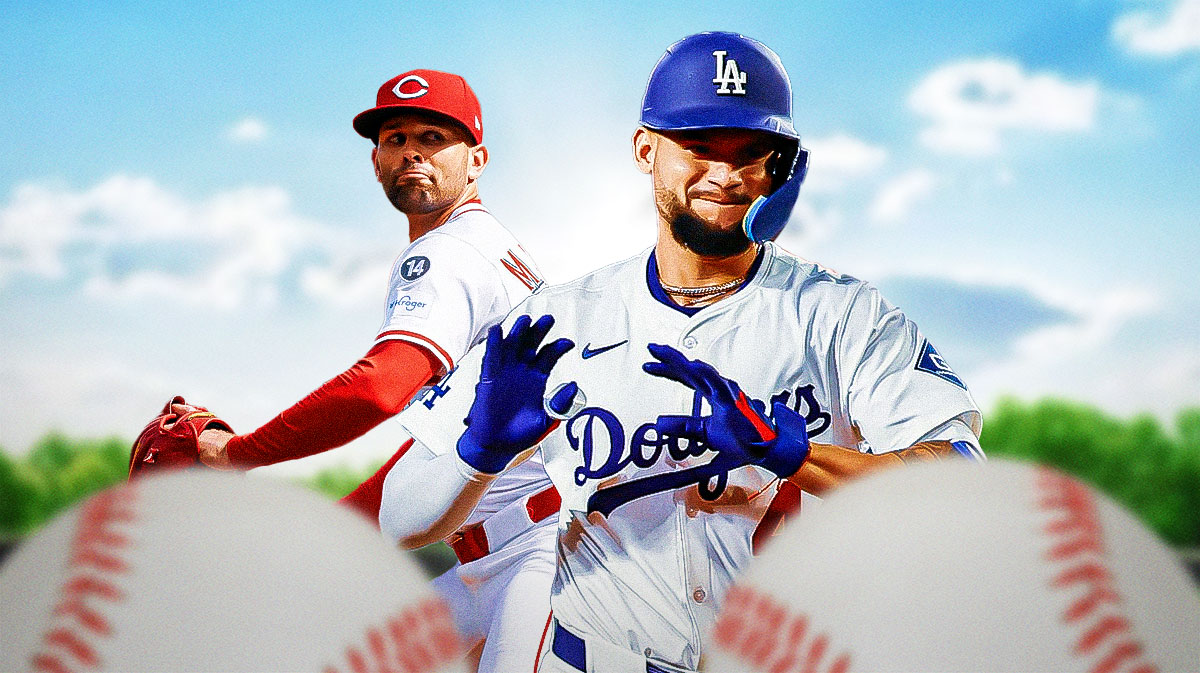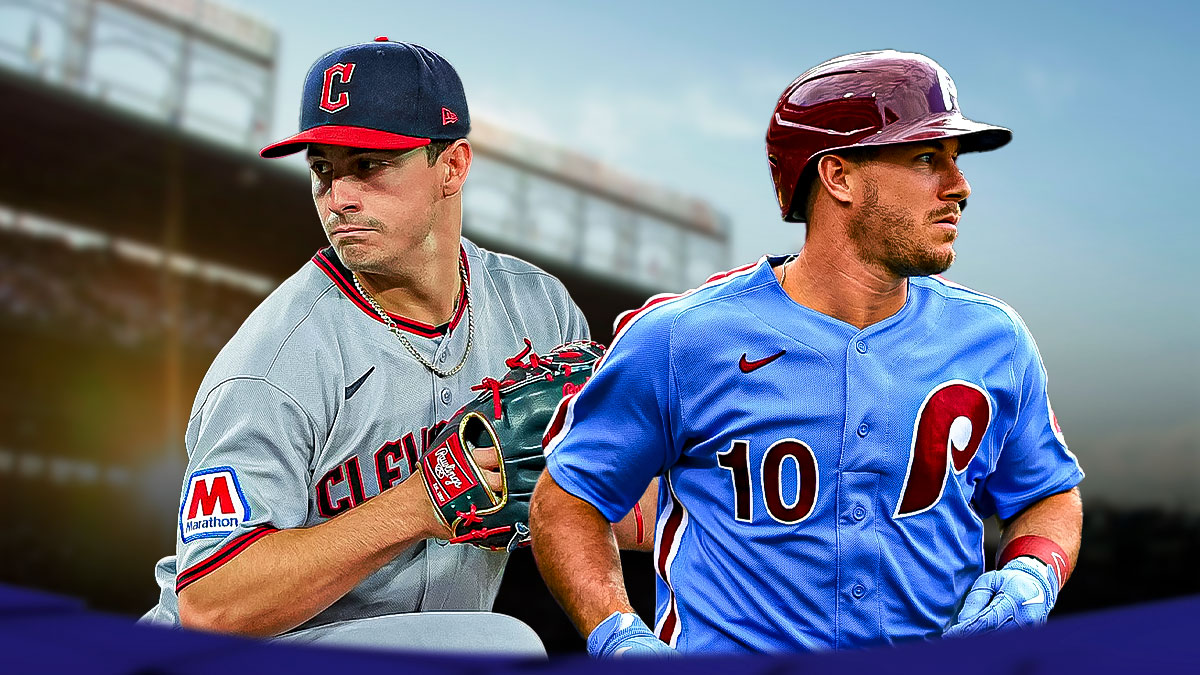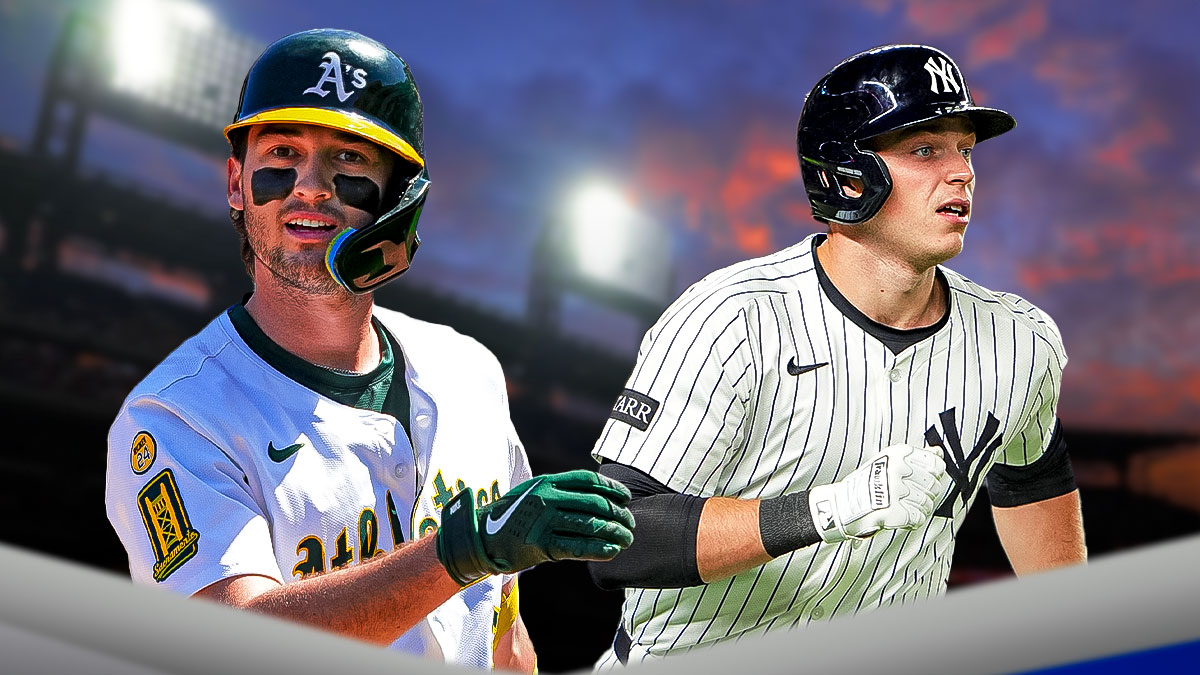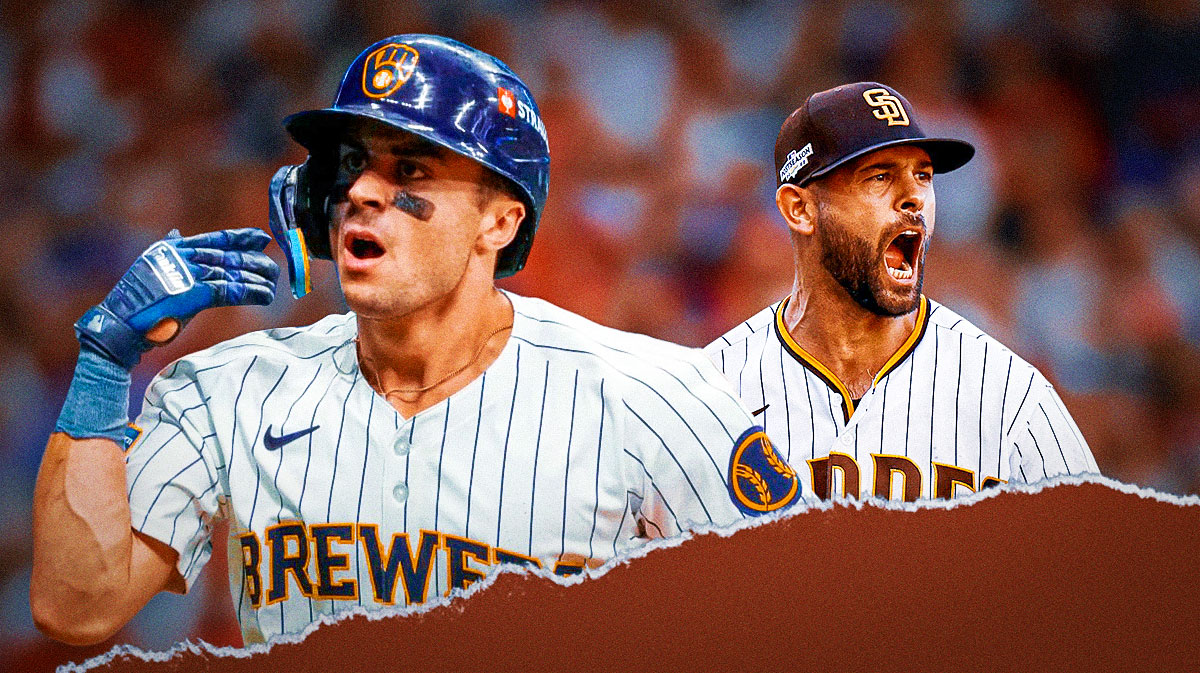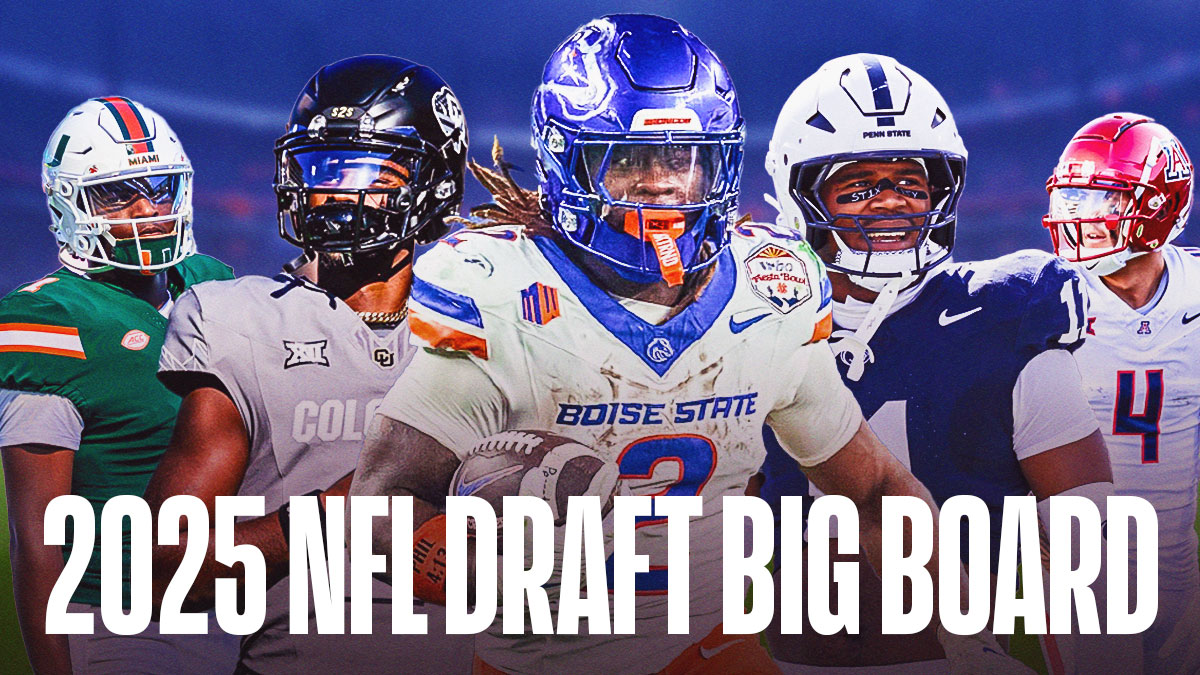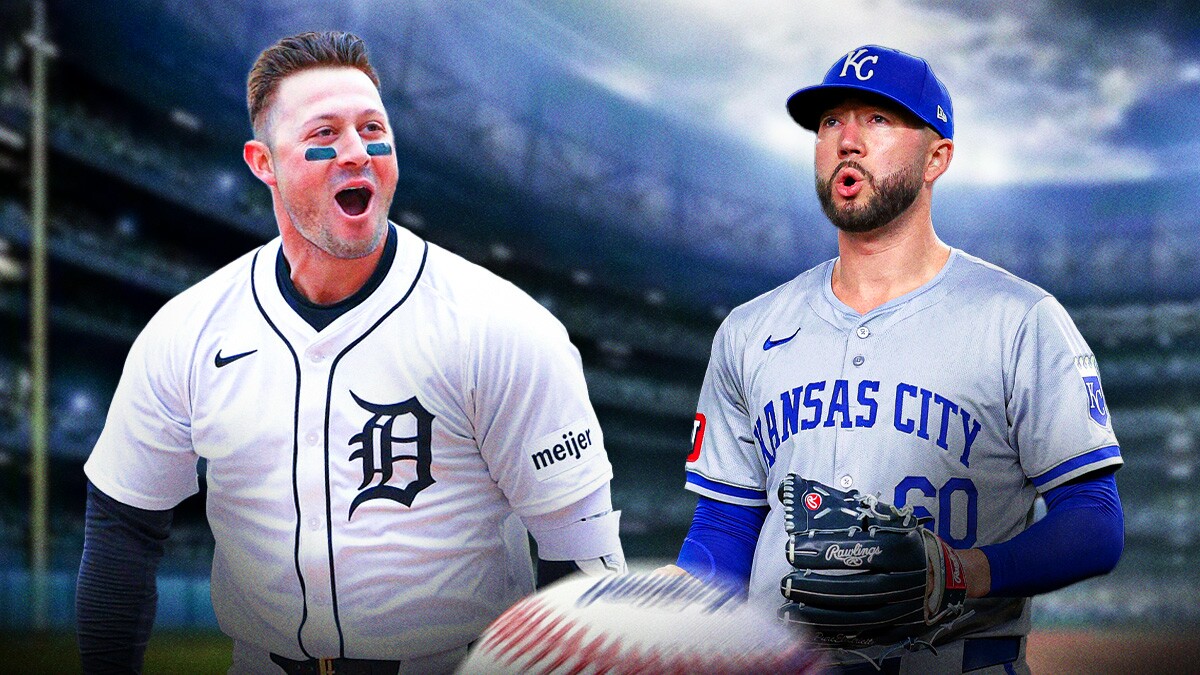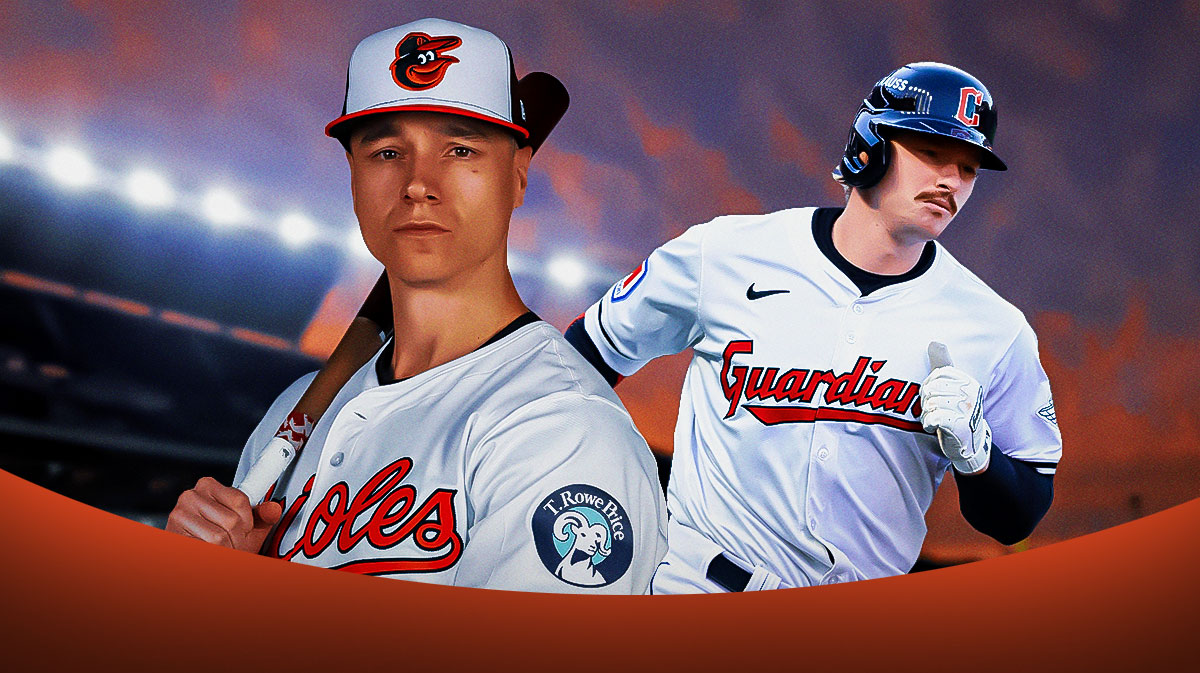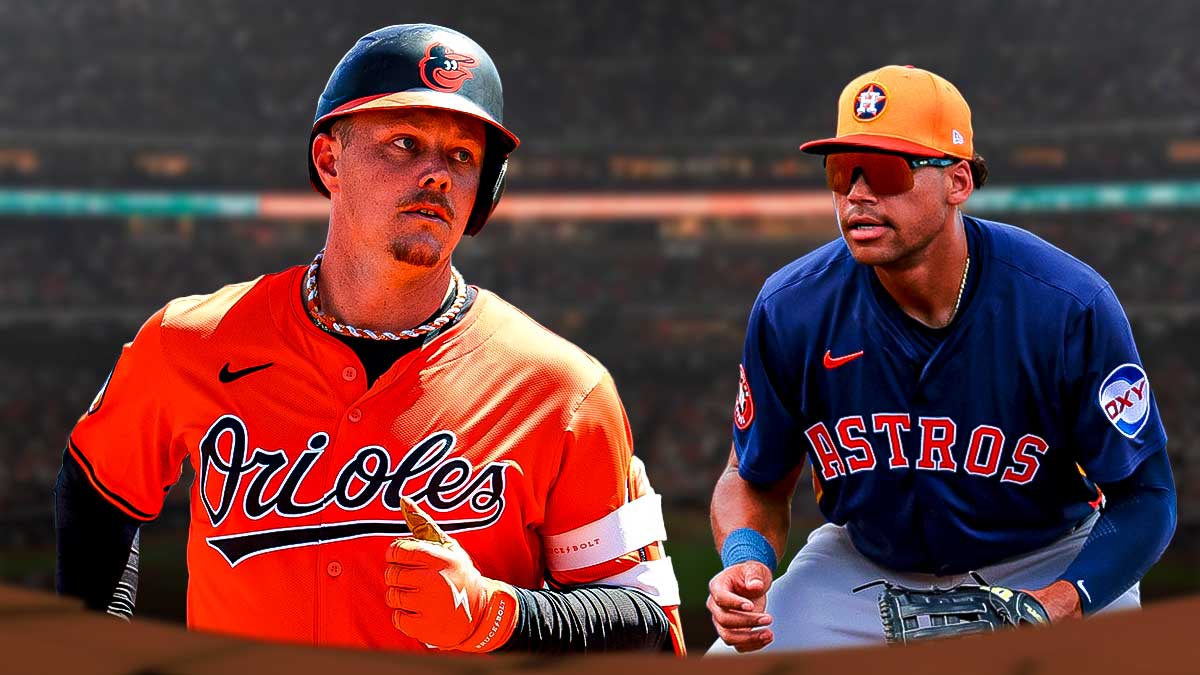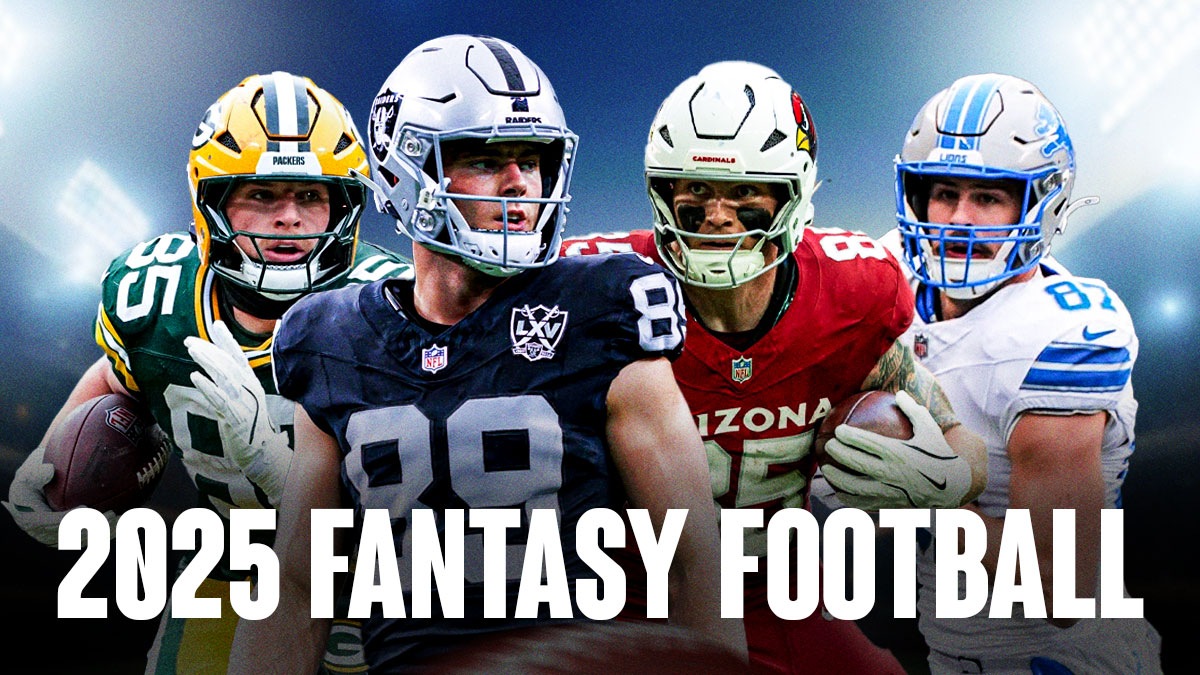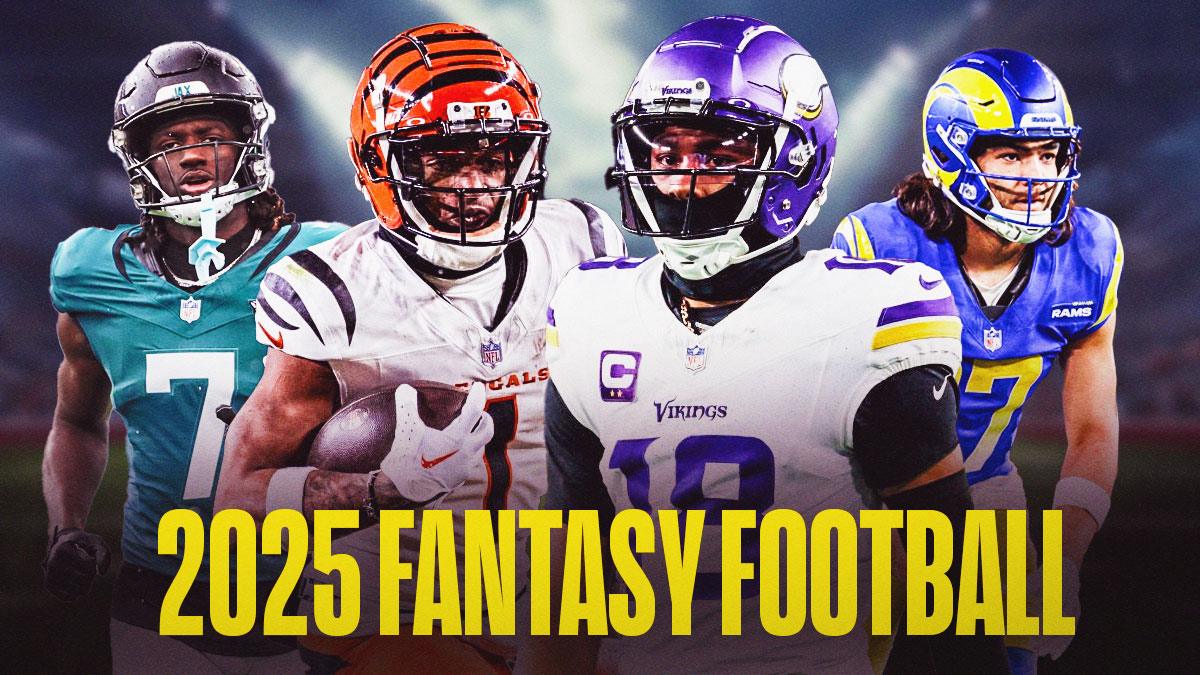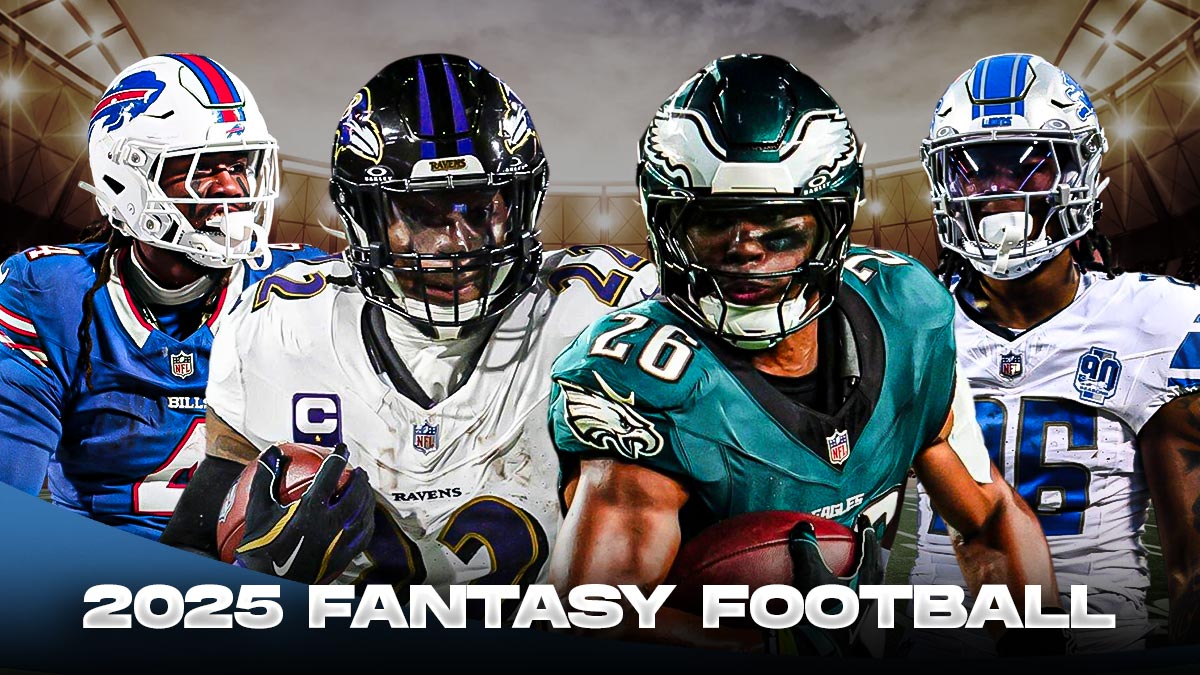With the 2021 NFL Draft now in behind us, all teams now can move forward with clearing up their rosters. With depth charts starting to take shape and with the potential for a semi-regular offseason, there certainly will be certain players entering into favorable situations.
The following list includes 10 of the biggest fantasy football winners from this year’s draft, which can help you figure out early player rankings and help start your draft preparations.
10. Rondale Moore
Drafted by the Arizona Cardinals, Rondale Moore slots in as the team’s WR2 (provided Larry Fitzgerald retires) and looks to be the WR2 of the present and future for Kyler Murray. Alongside DeAndre Hopkins, Moore’s value is quite solid moving forward, finally giving Murray that solid young second option.
Moore’s role may come along slightly slow, but he should be able to do enough to pass up Andy Isabell and Christian Kirk in training camp to enter the starting lineup.
New Cardinals WR Rondale Moore once squatted 600lbs 😳
Moore is 5' 7" and weighs around 180lbs
This is wild.
(via @BoilerFootball)pic.twitter.com/pwAAMELB6I
— Bleacher Report (@BleacherReport) May 1, 2021
9. Javonte Williams
One of two UNC backs drafted this weekend, Javonte Williams was taken by the Denver Broncos in the second round after they traded up with the Atlanta Falcons, who were another likely RB destination. Pairing Williams with Melvin Gordon will immerse him right away, especially with Phillip Lindsay out.
Williams should become the starting back in 2022 and has more value long-term, with this year representing a contract year for Gordon. Even when Gordon does produce, Denver has made it quite clear their intentions moving forward, as they would prefer to move forward with Williams on an NFL rookie deal than give Gordon big money.
The Denver OL is one of the better units in the AFC, and Williams should get plenty of work alongside QB Drew Lock.
8. Michael Carter
The second RB taken from UNC, Michael Carter joins the New York Jets in a spot that pits him against Tevin Coleman and La’Mical Perine alongside rookie QB Zach Wilson. With HC Robert Salah and OC Mike LaFleur having come over from San Francisco, their experience with having 2-3 capable backs means Carter should see early playing time.
Interesting perspective from Jeff Camarati of the @GoHeels photo staff in snagging Michael Carter running the 40 in 4.5 time at @TarHeelFootball Pro Day. pic.twitter.com/esc2yb3Nus
— Lee Pace (@LeePaceTweet) March 29, 2021
A rookie QB’s best friend can be a strong running game, something that Carter should be a part of. Coleman may start the season earning the most carries, but Carter’s involvement should only increase as the season progresses.
7. Amon-Ra St. Brown and T.J. Hockenson
With how the draft board fell, the Detroit Lions ended up passing on early WR talent for OL help, deciding to bring in USC’s Amon-Ra St. Brown to address their dreadful WR core. As the biggest (name-wise) and potentially best WR on their roster currently, St. Brown is certainly in line for a ton of targets.
For T.J. Hockenson, the lack of drafted targets only boosts his stock in Detroit, and Jared Goff will look Hock’s way often–which could pay dividends for anyone investing in Hockenson as one of the top eight TE’s off draft boards.
6. Jalen Hurts
A QB was not drafted and the Philadelphia Eagles went for a wideout in the first round of the 2021 NFL Draft–all music to the ears of Jalen Hurts.
Having been handed the keys of the offense (even with offseason comments about there being an open competition), Hurts was reunited with his Alabama teammate Devonta Smith in the first round, and they added ALA’s Landon Dickerson as their center of the future in round two.
Jalen Hurts greets DeVonta Smith when he arrives in Philly 🤝
(via @Eagles)pic.twitter.com/fzcaTPOHpZ
— Bleacher Report (@BleacherReport) April 30, 2021
5. Devin Singletary and Zach Moss
The Buffalo Bills were an almost-lock for an early RB, but Both Devin Singeltary and Zach Moss came out of the weekend unscathed.
While neither still has pulled away to earn the starting nod, it certainly is easier to have to pick from two options instead of three. With Josh Allen still earning his regular carries, both Singletary and Moss will need to flesh out this 1-2 punch moving forward if they want to hold fantasy football relevance.
4. AJ Brown
AJ Brown and Josh Reynolds top the WR depth chart for the Tennessee Titans, and that remains the same after the draft. Brown’s focus in this offense grew overnight, even with as big as it was, and his target share percentage should jump up dramatically.
Concerns over OC Arthur Smith having departed are certainly warranted, but Ryan Tannehill loves targeting Brown and that trend will continue, regardless of who is calling the plays for the NFL franchise.
3. Justin Herbert and Austin Ekeler
Having had one of the three best tackle prospects in Rashawn Slater fall to the Los Angeles Chargers in the first round was great for both quarterback Justin Herbert and running back Austin Ekeler.
For Herbert, Slater helps solidify the offensive line that also added center Corey Linsley this offseason. Pairing them with Bryan Bulaga and others means that Herbert should be able to feel extremely comfortable in the pocket and keep his jersey quite clean.
Ekeler’s status only improved as well with the Slater addition, as he should have better holes presented to him when running the ball, all the while providing Herbert more time to throw and find Ekeler out of the backfield–improving his PPR value.
With the Chargers being a hot pick for fantasy football relevancy moving forward, both Herbert and Ekeler’s NFL stock greatly benefited from their draft class.
2. Joe Mixon
Giovani Bernard was a cap casualty this offseason and no backup was drafted, meaning it looks to be Joe Mixon SZN yet again.
The Cincinnati Bengals need to rely on him more than ever, and getting Joe Burrow back to game speed early on will present Mixon with a great chance to retake that RB6-10 slot that he should have had last season.
1. Myles Gaskin
Along with Buffalo, the Miami Dolphins were rumored to have been a likely landing spot for one of the big three rookie running backs in this year’s draft. Obviously, that didn’t happen.
You know who loved the Dolphins draft? Myles Gaskin, who appears to have a good shot at being Miami’s RB1 again 2021 with Malcom Brown, Salvon Ahmed, Patrick Laird, Gerrid Doaks competing for roles as well. pic.twitter.com/kUcbFjlgia
— Cameron Wolfe (@CameronWolfe) May 1, 2021
Myles Gaskin is a big-time winner from this year’s MIA draft class, built on the premise that they seem to believe in him, Salvon Ahmed, and free-agent signee Malcolm Brown. While this group is far from a polished one, Gaskin showed last year that he is a solid fit alongside Tua Tagovailoa and company, and he is more than competent in catching the ball as well.
Tua’s development heading into his second NFL season is going to hinge more heavily on the success of the offensive line and the running game than currently perceived, and if Gaskin ends up holding down the starting job, then he can produce RB15-20 numbers for the season. Any team currently rostering Gaskin should be rejoicing that he still remains RB1 in Miami.

